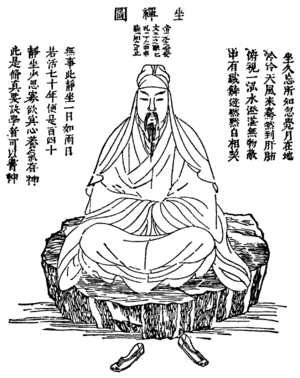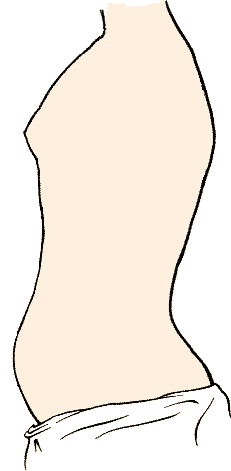These past few days have been very stressful and painful for a lot of people in Colorado (due to the floods and storms). People are dealing with death, injury, loss of homes, and devastation. Even for those of us who didn’t get homes damaged, it’s been rough. It takes a toll on you when your city is suffering and people cannot continue with normal life. I definitely find this to be so. It’s easy to get distracted by all the devastation and certainly to get emotionally involved. I teach a Monday Meditation class every week and it was the Monday right after the big flood and I knew we all needed some healing and good energy after everything that has happened and everything that we’ve seen.
Meditation is one of the best ways to find closure, peace, and to spread good energy throughout yourself and others. Please take 3-10 minutes today and do this for yourself. I promise you will not regret it. Just start slowly. You can be seated or laying down. Get comfortable. Here are some simple steps to healing yourself and others through meditation.
1. Start breathing slowly, feel your chest and stomach–the diaphragm. It has a jellyfish like shape. Now, think about all the muscles that are in that area. If your muscles are contracted or stressed, your diaphragm will be too, and thus, your breathing. It is very important to focus and relax all the muscles of your chest, stomach, pelvis, and even throat. Do this now. Ease off a little more stress from those muscles.
2. Now it’s time to ease the mind. Push all other stress or worries outside of this room and out of your mind. Let go of what should or needs to be done. This time is for you and the time is the present. Silence the mind by turning off your internal dialogue. Just stop talking to yourself about particular thoughts, and instead let the stream of consciousness flow naturally in the background of your mind Take a few moments to visualize anything that is nagging you and imagine it fading away.
3.Let’s start with some sinus breathing. Hold one nostril with your thumb and inhale. Switch and hold the other nostril and let the air out. This is a great way to get focused in your meditation as you are actively participating with your breath. Do this for a minute or so. Now release your nose and let’s start counting the breaths. This is another active form of breathing and is excellent for getting into your practice. Inhale for four counts, hold it at the top for four counts, and exhale for four counts. Repeat this for a minute or so.
4.Great, so now you’re relaxed. Let’s proceed on to the healing part! Gather up all your good energy–your gratitude, your joy, your love, your kindness. Feel all those emotions inside of you and feel that positive energy start to grow. Gather it up like a ball of sunshine and let it spread to the rest of your body. Feel that radiating good energy. Now focus it and send it where you want it to go. Whether that be towards healing yourself, your friends, your family, or even strangers who have lost everything. Send that good energy towards them or yourself, give strength. Focus on that.
5. Lastly, focus on gratitude. Think of a person or thing that you’re absolutely grateful for. Perhaps, sometimes you take them/it for granted, but this is the time to focus on this person or thing. Hold the image of them in your mind and the gratitude in your heart. Feel that good energy flow from the gratitude and allow it to spread. Concentrate on it and be at peace with it.
6. To end, let’s do 3 big dramatic breaths. I want your shoulders to raise up as you take a big inhale and forcefully let out the air, slumping the shoulders. This should come out like a huge sigh. Do this 3 times. It is wonderful stress-relief.
Please take the time to do this, I promise it won’t take more than 10 minutes. Spare the time in order to give yourself a sense of peace and healing through tough times. Use meditation to stay hungry and fit!
You might also like…
- A Beginner’s Guide to Meditation
- 4 Ways to Be Mindful Every Day
- 5 Benefits of Meditating after Workout
BONUS KITTY PIC
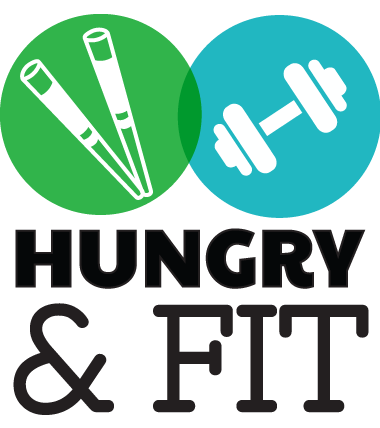













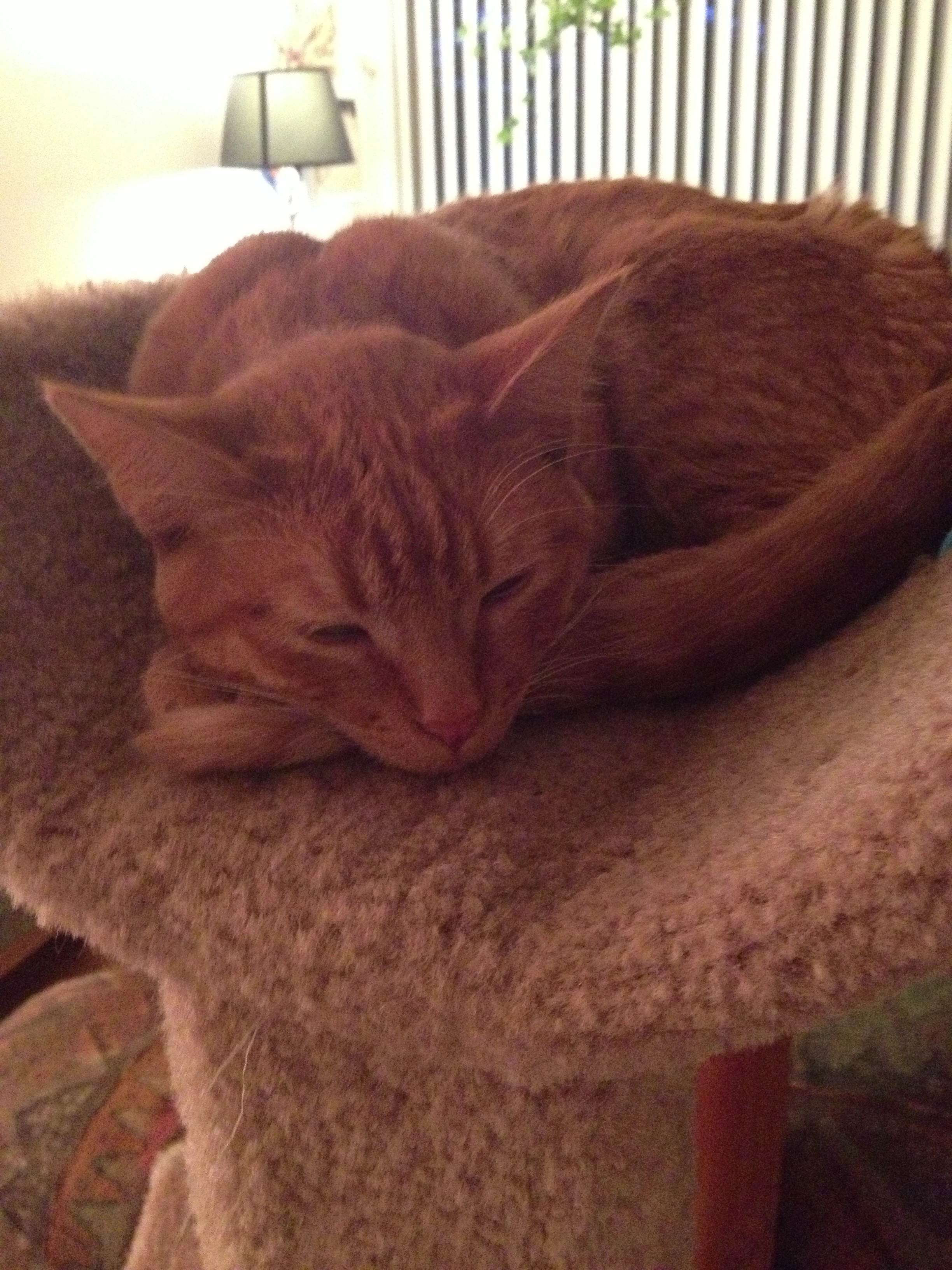


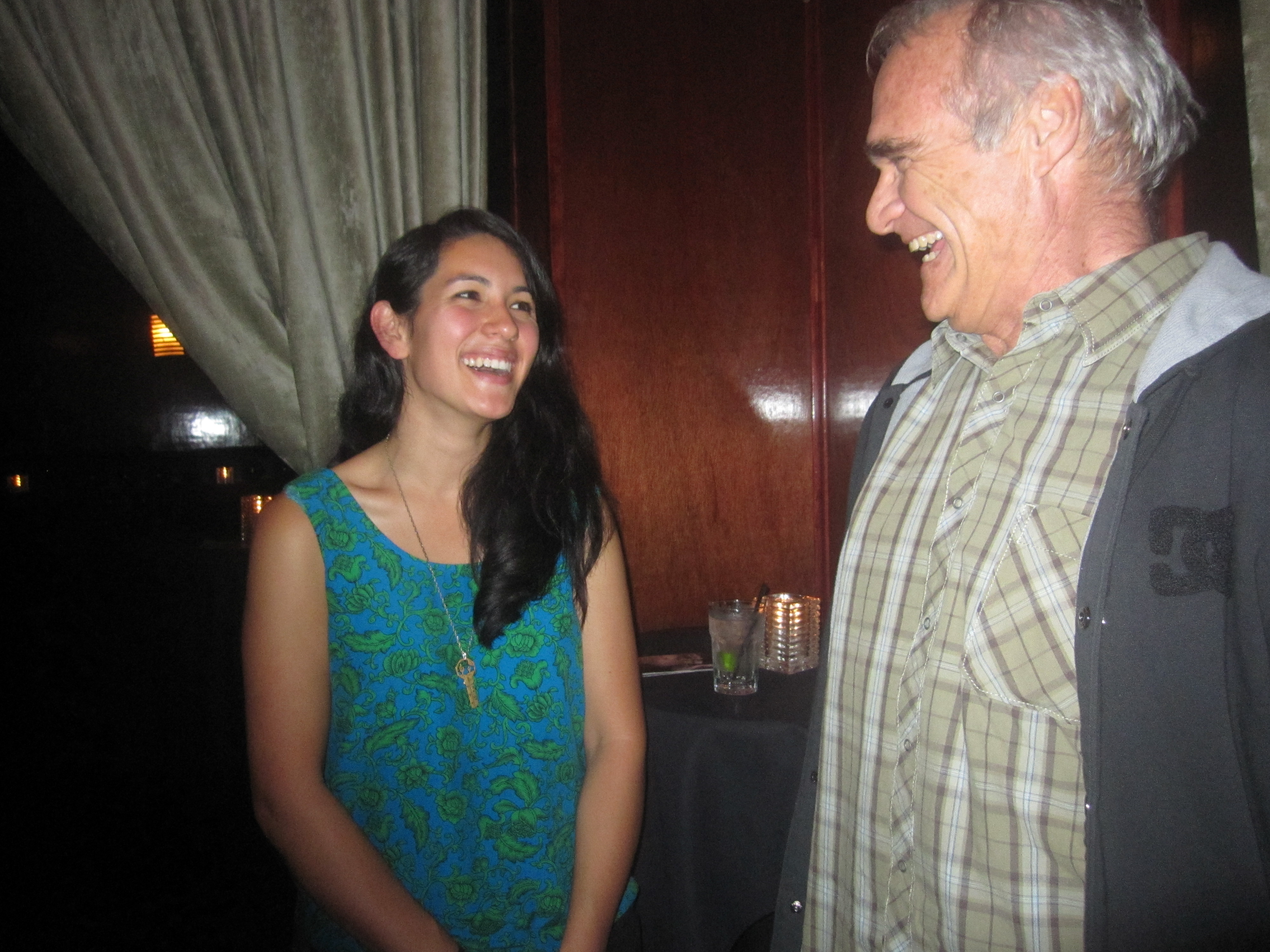


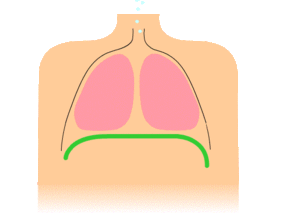



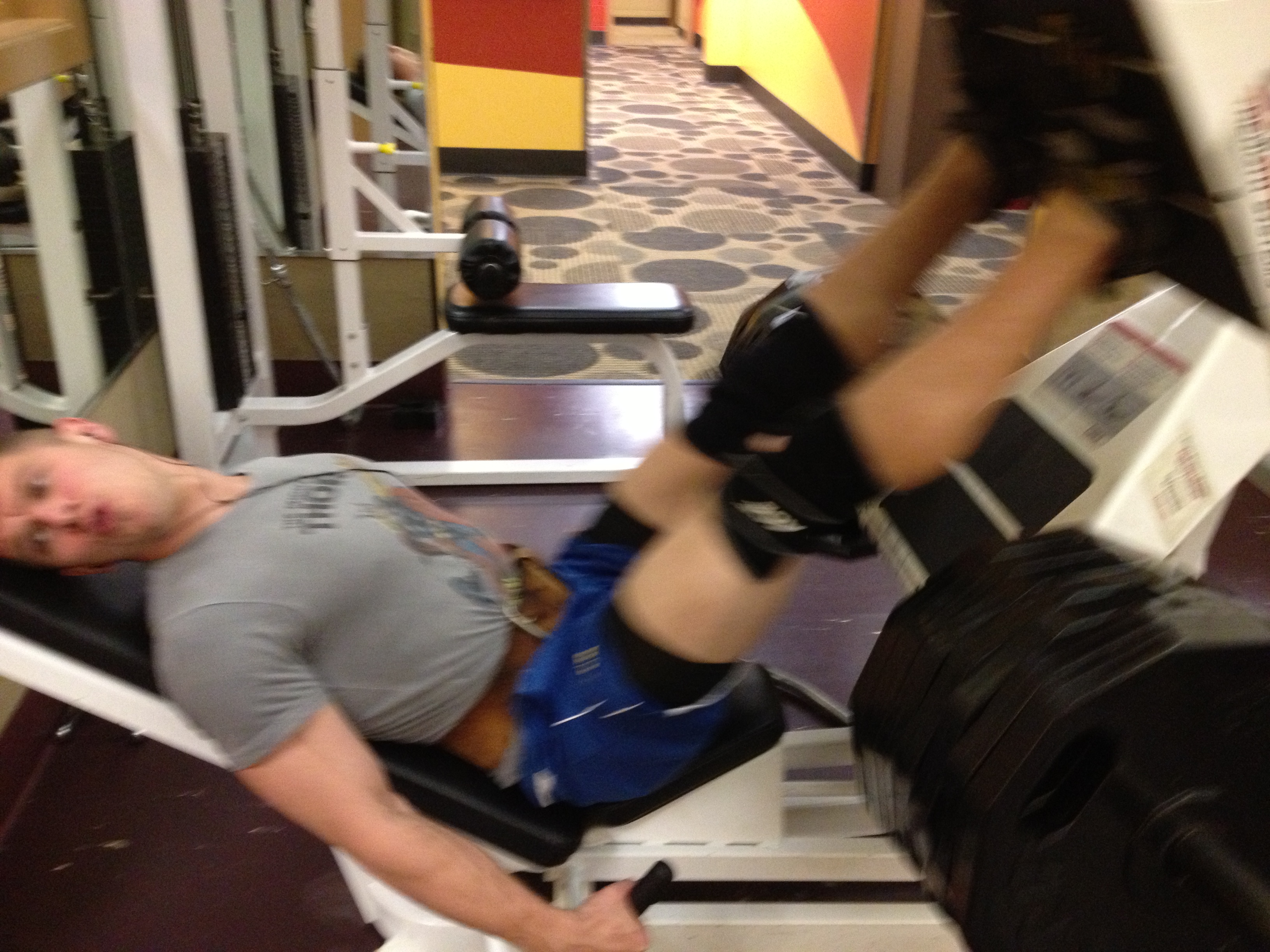
![[Exhalation] Tomoe Shinohara as Sayuri [Exhalation] Tomoe Shinohara as Sayuri](http://farm5.static.flickr.com/4090/5135861996_338c31a387_m.jpg)

